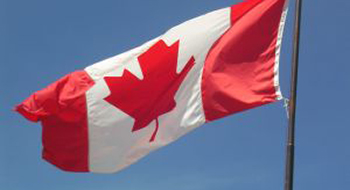

Whether or not pension funds invest in ETFs appears to hinge on what country you’re looking at. In the UK, pension funds have been slow to embrace ETFs according to this article in Financial News last week. UK plan sponsors country are worried that ETFs can’t don’t add the same value for institutions that they do for smaller investors – at the end of the day, pensions can’t realize the same cost savings. In the US, it’s a different story: big pension funds like the $81.9 billion Teacher Retirement System of Texas has been steadily increasing its ETF holdings over the past few years.
But what about Canada? In this country, ETFs are taking hold, slowly but surely. They’re becoming an important cash management tool and they are also steadily gaining profile as a way for institutions to dip a toe into new asset classes – something ETF providers like to refer to as a “liquidity sleeve”. And they’re also being used to “plug holes” in institutional portfolios according to Mark Yamada, who recently talked to Advisor.ca’s Vikram Barhat.
One pension plan in Canada that is using ETFs is the HRM Pension Plan in Halifax. CEO Terri Troy notes that they are an important tool for the pension plan — “To date, we have used Standard & Poor’s Depositary Receipt, or SPDRs [an ETF that tracks the S&P 500] and Vanguard Emerging Markets to get exposure to the broad U.S. and emerging equity markets on a cost-effective basis.”
In Canada, it seems, plan sponsors are finding a way to use ETFs to realize cost savings – a big step forward for the industry.
Troy also notes that ETFs play a significant role in the management of her plan’s assets because they “facilitate timely movement between asset classes and [provide the] ability to efficiently focus on broad markets or subsets of markets.”
Sure, ETF use among pension funds depends on which country you’re in – but it’s nice to see Canada making some innovative inroads in the space.
